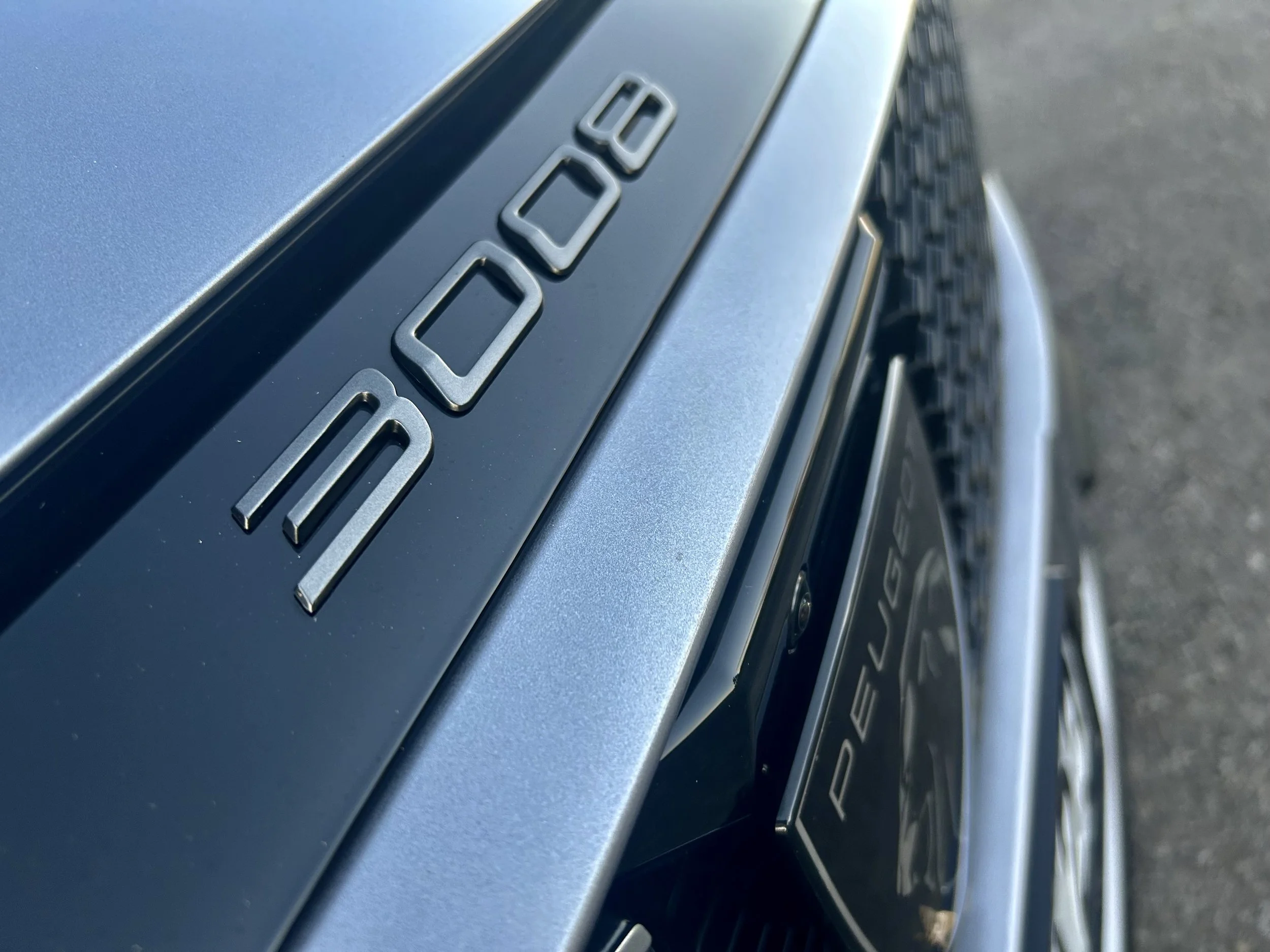Shape enough to secure SUV status
/The Niro is a sports utility, Kia NZ insists, just not the kind to undertake SUV stuff.




REPRESENTING as a sports utility a new electric-assisted vehicle built on a platform not recommended for off-road driving is safe ground, the model’s distributor has suggested.
Kia New Zealand says it is comfortable marketing its first dedicated hybrid, the Niro, as an SUV purely on the strength of its shape.
Kia NZ boss Todd McDonald said he doesn’t think buyers will be confused into thinking the car has any potential for taking on any kind of natural terrain.
He contends the traditional definition of an SUV as a powerful vehicle with four-wheel-drive that can be driven over rough ground is now meaningless.
In McDonald’s eyes, a modern SUV doesn’t need to have any other those credentials. If the looks alone conform to consumer expectation, then that’s enough.
“I think most of the New Zealand public would accept that the (Niro) shape is an SUV body shape.”
Radical thinking? Some might say so. Certainly, it’s not necessarily a universal view within the car industry.
The reason why Holden, for instance, chose to call the elevated edition of the incoming ZB Commodore wagon a Tourer is because it did not want to lead customers into thinking it had the same off-road potential as Subaru’s Outback, regardless that the Japanese car is seen as a sales rival.
However, McDonald will not be swayed. The perception that an SUV was a vehicle with any kind of aptitude for driving away from formed roads “might have applied 20 years ago, but not now”.
At the same token, he said Kia does not recommend the Niro is taken on the sort of adventures that SUVs – as traditionally defined - would normally be expected to undertake.
Asked if any semblance of driving beyond a formed road could endanger the Niro’s warranty, he replied: “I think if it was driven in a method to produce damage to the vehicle then the warranty could be void. But that could apply to anything.”
There’s good reason for prudence. Niro has the same platform and petrol electric drivetrains as the Hyundai Ioniq, is solely produced in front-drive format and has the same modest ground clearance – about 40-70mm short of what most popular SUVs provide – as the donor hatch.
In many overseas markets the car appears to be touted as a crossover hatchback, or simply a tall hatch.
However, it could be that Kia sees better chance for the car through being labelled an SUV simply because that segment is now commanding the new car sales scene.
Niro has come on sale in the same hybrid and plug-in hybrid formats that were first developed for the Ioniq, but is denied a third, more advanced alternate of a fully electric drivetrain which the Hyundai has.
The taller shape seems to inhibit Kia from quite getting to the same thrift that the 1.6-litre petrol and lithium ion battery set drivetrain gives the equivalent Hyundai, though the factory-claimed figure of 1.3 litres per 100km for the PHEV Niro (against 1.1L/100km for the Ioniq) still makes it a cheap car to run. The hybrid is cited as having optimal economy of 3.8L/100km.
Where Kia has struck a significant blow against the bigger brand, and others in the hybrid space, is at sticker level – at least in respect to the entry car.
The base EX edition is nominally priced at $39,990, but Kia NZ has enacted an introductory pricing strategy it used previously with the Sportage, so for the next three months it will cost $34,990.
That special sticker means it carries an astounding $12k recommended retail advantage over the equivalent Ioniq.
The Niro also provisions in a more richly-provisioned LTD hybrid format for $43,990 and also as a plug-in hybrid (PHEV) that is only available in LTD guise and costs $55,990.
Each comes with a three-year/45,000km service plan included, along with a five-year/100,000km warranty, while the battery is covered for seven years/160,000km.
Niro is 125mm shorter overall than Kia’s best seller but has a longer wheelbase and also seats five.
The base hybrid utilises its battery assist more sparingly than the PHEV; mainly for starting off and running at low-speed. The PHEV by virtue of having a much larger lithium-ion battery pack (8.9kiloWatt hours versus 1.56) and a higher output electric motor (44.5kW versus 32) can run for up to 55 kilometres on pure electric power.
Kia quotes identical maximum power and torque outputs for both cars – these being 104kW and 265Nm. The PHEV is heavier and, due to the enlarged battery, has a smaller boot yet it is quicker from a standing start to 100kmh, though the claimed times of 10.8 seconds and 11.5s show neither is a rocket.
The PHEV can be recharged off a standard home wall socket, but that’s a four hour job at best. Kia recommends fast charging, though that’s still a 2.5 hour undertaking. It can provide a home wallbox for $2500 installed.
Niro carries a five-star ANCAP rating with AEB, active cruise and active lane keeping as standard. Whereas some hybrids cannot be used for towing, the Niro is okay hauling 600kg unbraked and 1300kg braked.
















